Lisa P. Jackson
Do you have any thoughts on this post?
Looking ahead at the most pressing policy needs for habitat, access, and the outdoor recreation economy
Secure conservation priorities that also support jobs in future COVID-19 economic recovery bills. This includes programs that fund and facilitate improvements to habitat, access, and outdoor recreation infrastructure.
Build a coalition and lead the sportsmen’s community on a comprehensive climate change strategy. Influence policy to help build resiliency in coastal and forest habitats, agricultural practices, and water systems.
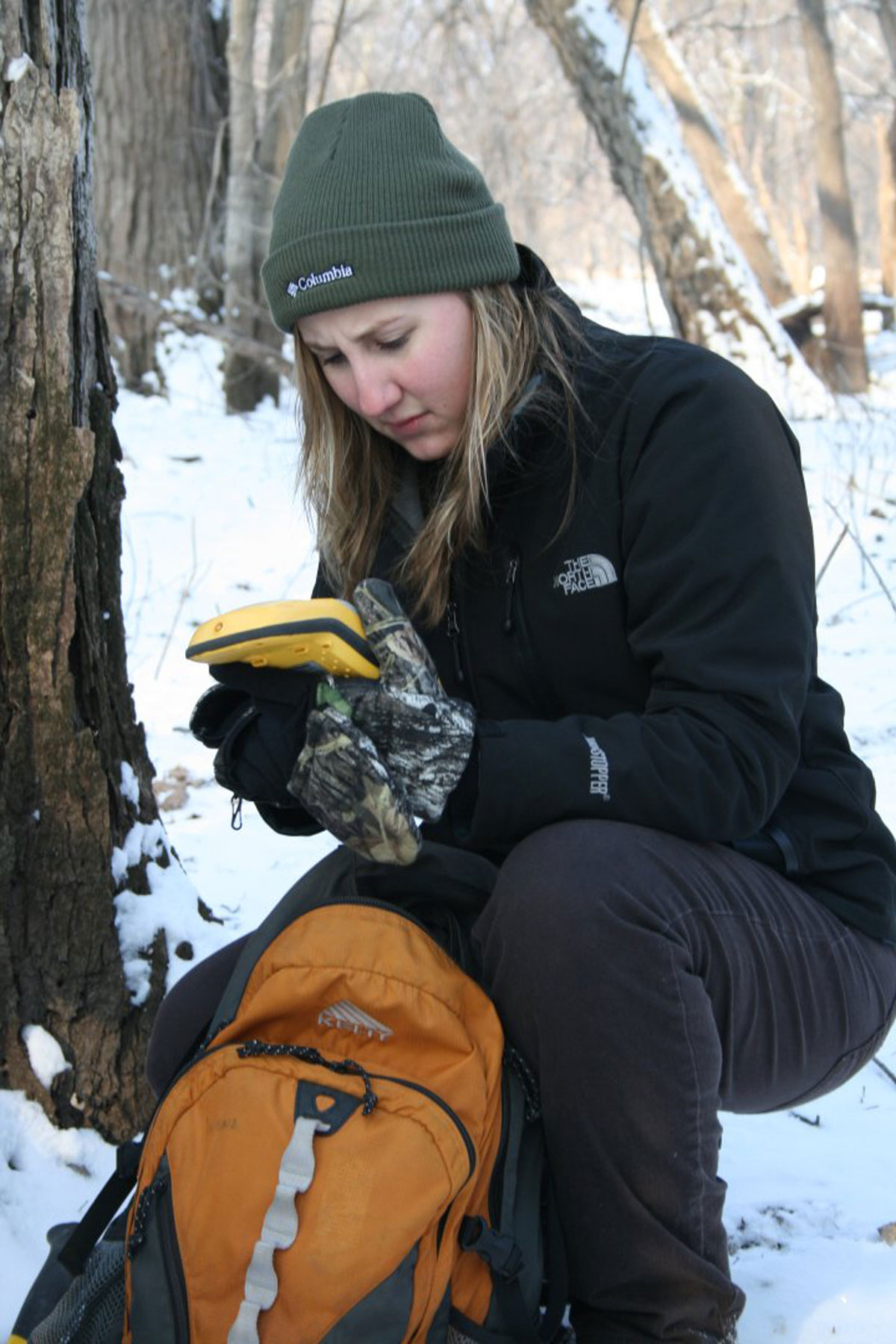
The data at our fingertips on smartphones and GPS units means nothing if it’s incomplete. This legislation promises to modernize public land records so you don’t miss out on hunting or fishing opportunities that are only marked on a paper map in the back of some dusty filing cabinet.
In 2018, we celebrated passage of the five-year bill with increased funding for conservation. Now we must push the administration to deliver on all of the bill’s promises for better habitat, access, and soil health.
State wildlife agencies that have been scrambling to combat this fatal disease in wild deer, elk, and moose herds need meaningful federal support. The TRCP will continue to push for these resources.
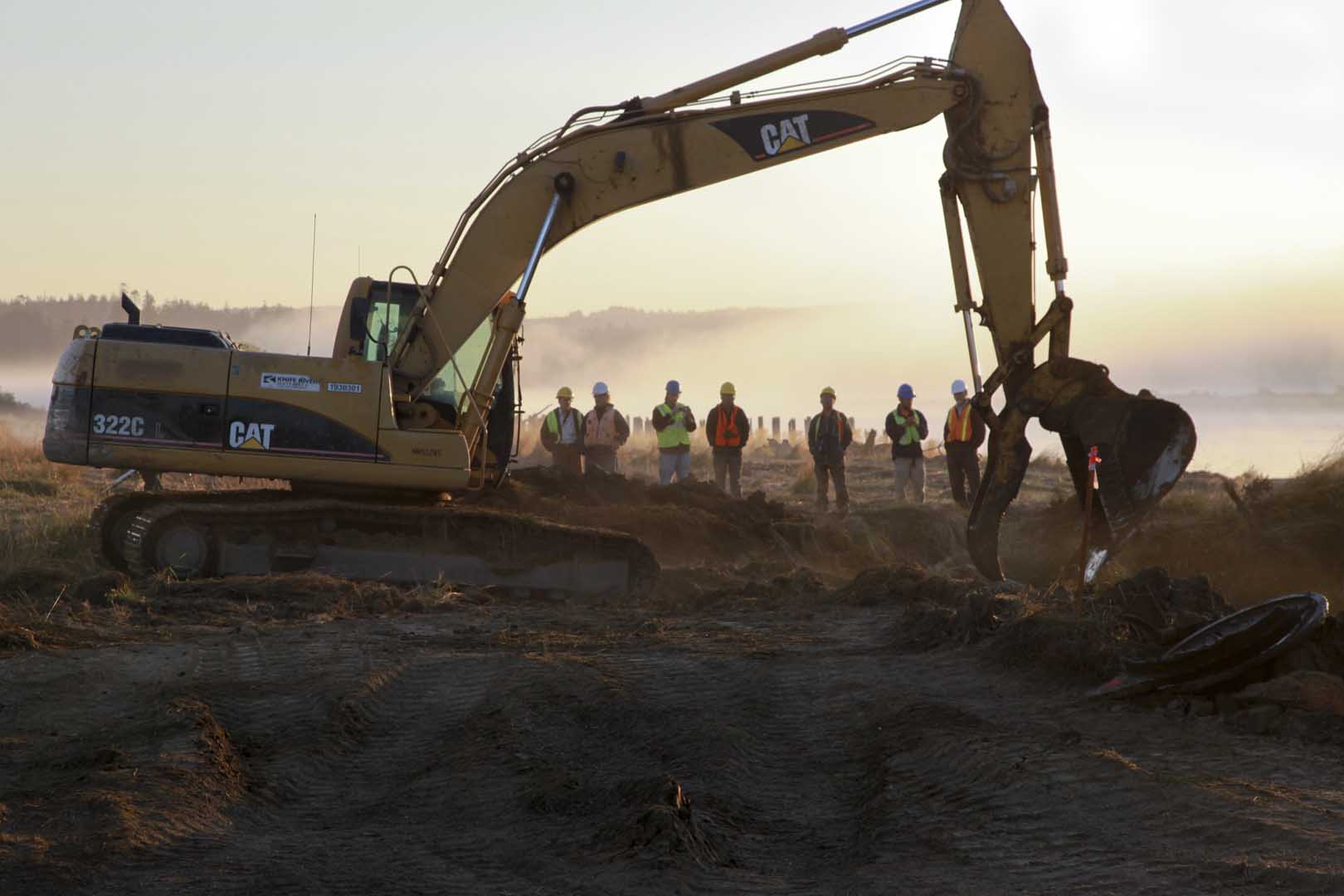
Advance legislation—some that’s already in play—with dedicated funding for deferred maintenance projects that undermine Americans’ experiences on public lands. Keep advocating for robust funding of public land agencies so this backlog does not grow.
UPDATE: President Trump signed the Great American Outdoors Act on August 4, 2020. It invests $9.5 billion over the next five years to address the maintenance backlog on federal public lands.
Build on recent successes to codify conservation policies for previously overlooked seasonal habitats, like big game migration routes and summer and winter ranges. Secure new funding streams for wildlife-friendly highway overpasses and underpasses, which connect fragmented habitats and keep animals off roads.
Continue the TRCP’s grassroots work to engage hunters and anglers in advocacy and the public process of managing public lands. Educate our audience on what’s at stake, offer meaningful opportunities for them to communicate with decision-makers, and amplify their voices to effect policy change.
Top photo by Tim Donovan at Florida Fish and Wildlife Conservation Commission.
New digital reporting tool created by onX helps users share information to improve public land and water access
Ever since we teamed up with onX to produce our first report on inaccessible public lands in the West, sportsmen and women from around the country have reached out to share stories of hard-to-reach or landlocked hunting and fishing opportunities that they’ve encountered while scouting or in the field. Almost every time, these stories end with a question: How can these situations be resolved?
This week, onX released a new digital tool to report on-the-ground obstacles to public land and water access. Launched in partnership with TRCP as well as Backcountry Hunters & Anglers and the Rocky Mountain Elk Foundation, onX’s Report a Land Access Opportunity platform will allow sportsmen and women to pinpoint areas where access for outdoor recreation is limited or non-existent and to share information that can be used to help improve the situation.
Examples of the types of situations that could be reported include:
In addition, private landowners can use the platform to share routes across their property that they allow the public to use to access public lands, or flag areas where they commonly encounter issues with trespassers trying to reach public lands.

Detailed instructions for the submitting an access challenge or opportunity can be found at onX’s website.
No onX membership is required to submit a location. If you use the onX App, you can submit locations directly through the App using the Waypoint Sharing feature. Non-members can sign up for a free App trial or submit locations through the reporting form found here.
When you submit a location, the team at onX will add the location to a database, ensure that the description matches the location, categorize the access situation, and follow up with you if there are any questions. onX will also assess patterns in the data, such as a cluster of reports from a single area, to determine whether there are underlying or systemic causes in a particular region that impede public access. At that point, onX will share the information with the partner organization that best aligns with each project.
“One thing we’ve noted over many years of access work is that there is a mountain of work to do to secure access to many beautiful places and public lands, to open new recreation opportunities near cities and, surprisingly, to secure access to places we already enjoy,” noted onX Founder Eric Siegfried. “We believe the only scalable way to do all this work is to empower people within their community to have a voice and to take action. We thought a good first step was to give people a place where they can easily report an access concern or opportunity, then get connected with the appropriate organization who could help. With that in mind, we’ve created this first iteration of Report a Land Access Opportunity. It’s another small step to achieving this vision, and all of us at onX are excited to see what we can do next with our incredible access partners and you.”
The first round of submissions will be open through December 2020.
Top photo by Kyle Mlynar.
TRCP’s president and CEO Whit Fosburgh appeared on The Big Wild podcast to discuss the Great American Outdoors Act.
These are your license dollars at work for fish habitat, water quality, and the next generation of anglers
When you buy or renew your fishing license, you’re probably only thinking about the possibility of the new season or a great day on the water. But are you aware of just how hard your license dollars are working on behalf of fish habitat and fishing access?
Here are five examples of how the a portion of the dollars spent on your fishing licenses, boat registrations, fishing gear, and boat fuel purchases go back to conservation and public access. You might be surprised—as much as $1.1 billion annually creates a sizeable down payment on the future of fishing in America.
First, funds from license sales go toward fishing and boating access projects. One example is the Ramps & Pier Program in Mississippi, which helps pay for repairs to existing access points and the construction of four to six new boat ramps each year. The state of Oregon also has an excellent model of involving state and federal agencies in adding and upgrading new boating facilities.
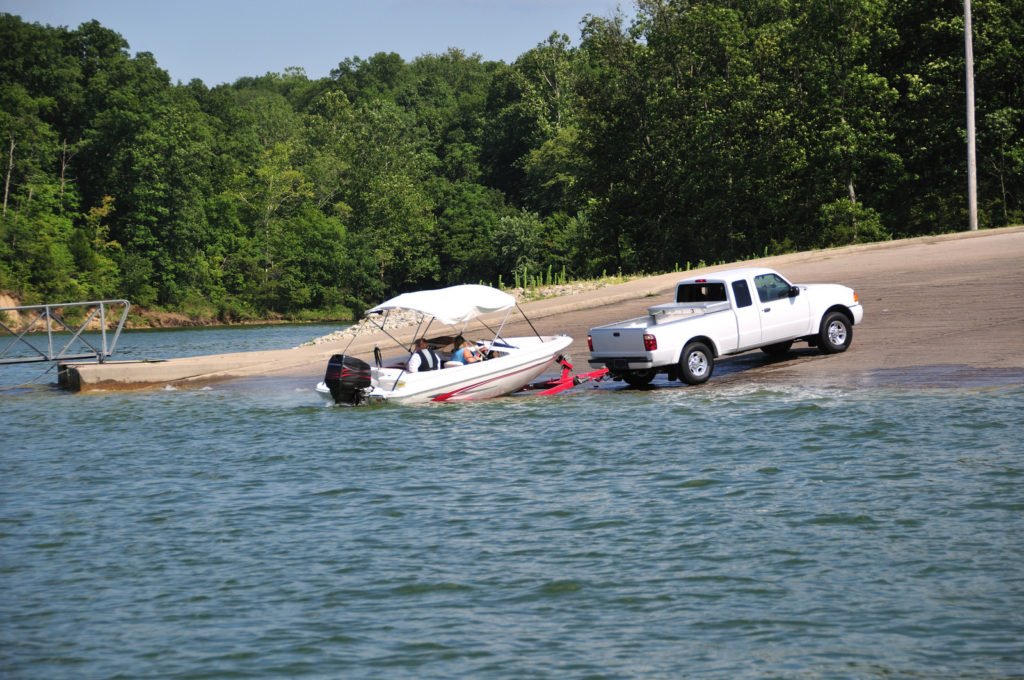
Boat registration funds help implement clean water projects that benefit fish habitat and improve the experience of anglers and boaters. The Clean Vessel Act program in Hawaii, for example, helped use these funds to construct a new sewage pump-out station and three new floating restrooms at the Haleiwa Small Boat Harbor—all in an effort to protect the sparkling turquoise waters of Hawaii for future generations.
The excise taxes on your fishing gear go toward fisheries maintenance projects that help manage our state sport fisheries. For example, in New York State, biologists collect data through creel surveys and work to restore fish habitat for native brookies, American shad, river herring, and striped bass largely thanks to the taxes paid by the manufacturers of your fishing rods, reels, lures, baits, and flies. In Massachusetts, these funds are used to map fish habitat with GPS technology, sonar, and underwater vehicles through the state’s Fisheries Habitat Program. The more these experts learn, the better prepared they are to spot habitat issues and plan for improvements.
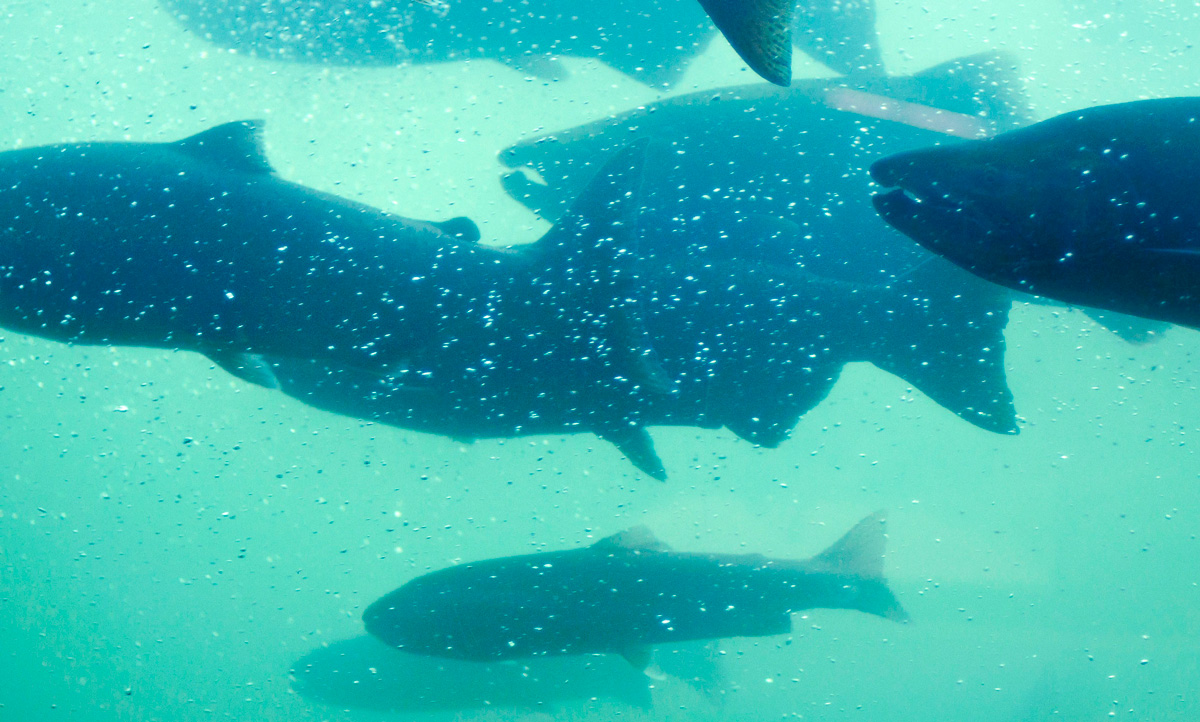
Fishing license funds also go to work for educational and recruitment programs that introduce new anglers to the sport. As more people take up fishing, there is a greater need for education on topics like species identification, conservation, regulations, and proper catch-and-release techniques. The state of Texas offers free workshops for first-timers or anyone who wants a refresher on the basics, and the saltwater angler education programs hosted by the Massachusetts Division of Marine Fisheries have been so successful that they hope to extend courses to all coastal areas of the state.
With an eye toward investing in our marine and freshwater resources, as well as the next generation of anglers, fishing license fees support long-term conservation plans for our rivers and streams. This robust funding, which has nothing to do with the federal balance sheet, is critical to ensuring an adequate quantity and quality of water to maintain the natural balance of aquatic ecosystems. Texas has used this money to fund its River Studies Program that addresses long-term water development, water planning, and water quality issues.
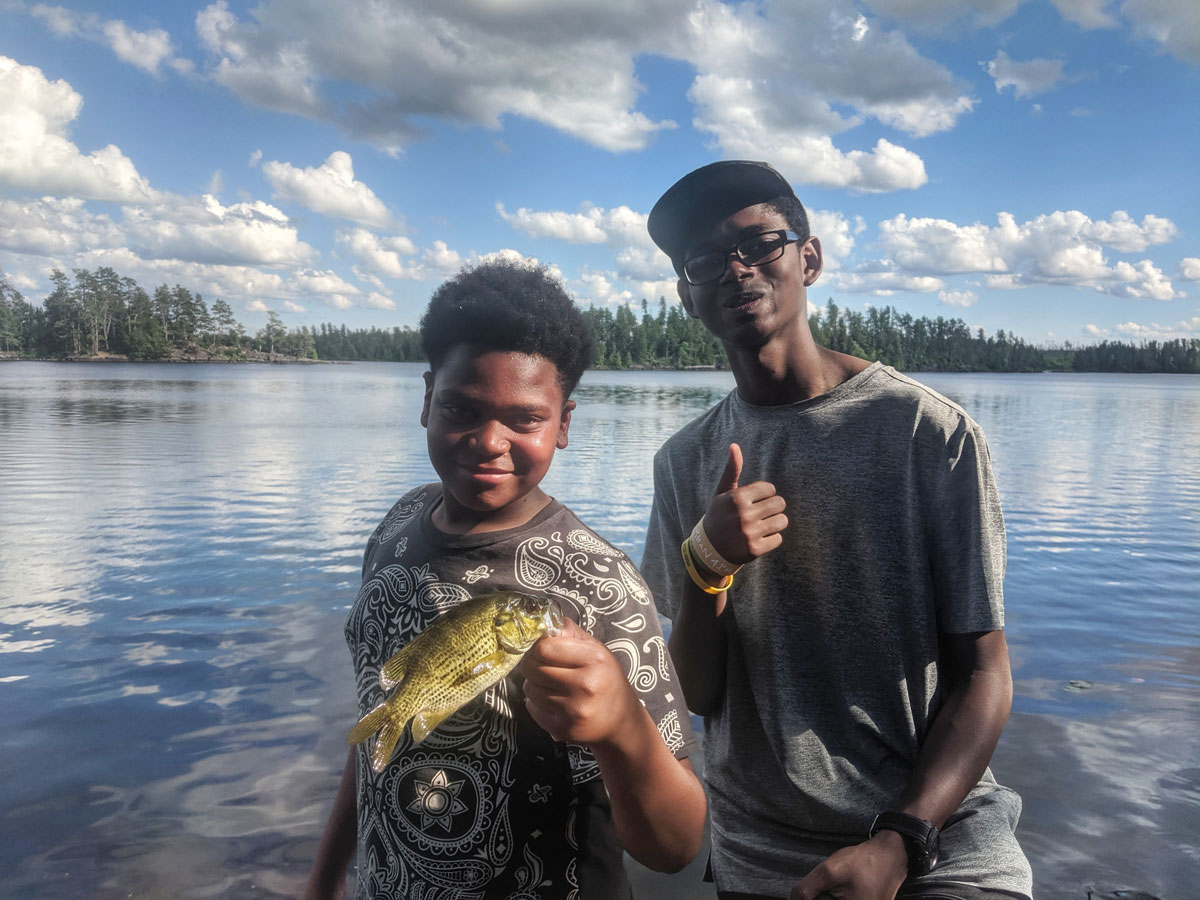
Whether state agencies are studying rainbow trout populations or repairing boat ramps, your license fees are put to excellent use. Want to get started on your next fishing trip and give back to conservation? Buy or renew your license here.
Sportsmen and women have a long history of giving back to conservation through our purchases. Read about the federal program responsible for that funding model and the hunters in one Western state who supported raising license fees to do even more for fish and wildlife.
TakeMeFishing.org contributor Debbie Hanson is an outdoor writer and avid angler who has written articles on fishing and boating for publications such as USA Today Hunt & Fish and Game & Fish Magazine. She is a member of the Florida Outdoor Writers Association. Read her blogs at takemefishing.org/blog and visit her personal blog at shefishes2.com.
Photos courtesy of Canstock Photo. This blog was originally posted August 14, 2017 and has been updated.
Theodore Roosevelt’s experiences hunting and fishing certainly fueled his passion for conservation, but it seems that a passion for coffee may have powered his mornings. In fact, Roosevelt’s son once said that his father’s coffee cup was “more in the nature of a bathtub.” TRCP has partnered with Afuera Coffee Co. to bring together his two loves: a strong morning brew and a dedication to conservation. With your purchase, you’ll not only enjoy waking up to the rich aroma of this bolder roast—you’ll be supporting the important work of preserving hunting and fishing opportunities for all.
$4 from each bag is donated to the TRCP, to help continue their efforts of safeguarding critical habitats, productive hunting grounds, and favorite fishing holes for future generations.
Learn More
